Clearing Myths about GIFT (Tilapia): “the Miracle fish”
 Farming of aquatic plants and animals which is known as Aquaculture is widely recognised as an important weapon in the global fight against malnutrition and poverty. It provides much needed high quality protein and other essential nutrients while generating income and employment opportunities especially for the rural farmers. The total fish production from inland waters and aquaculture in Sri Lanka was 73,930Mt in 2016. Tilapia, commonly known as “Korali” contributes more than 90% to the total inland fish production. This fish also known as the “the Aquatic Chicken” is widely recognised as one of the most important species for farming in a wide range of aquaculture systems from simple small scale water fed fish ponds to intensive culture systems. This species is cultured in about 75 countries while Asia represents about 70% of the tilapia production. There is significant tilapia culture in Bangladesh, China, Indonesia, the Philippines, Thailand, and Vietnam.
Farming of aquatic plants and animals which is known as Aquaculture is widely recognised as an important weapon in the global fight against malnutrition and poverty. It provides much needed high quality protein and other essential nutrients while generating income and employment opportunities especially for the rural farmers. The total fish production from inland waters and aquaculture in Sri Lanka was 73,930Mt in 2016. Tilapia, commonly known as “Korali” contributes more than 90% to the total inland fish production. This fish also known as the “the Aquatic Chicken” is widely recognised as one of the most important species for farming in a wide range of aquaculture systems from simple small scale water fed fish ponds to intensive culture systems. This species is cultured in about 75 countries while Asia represents about 70% of the tilapia production. There is significant tilapia culture in Bangladesh, China, Indonesia, the Philippines, Thailand, and Vietnam.
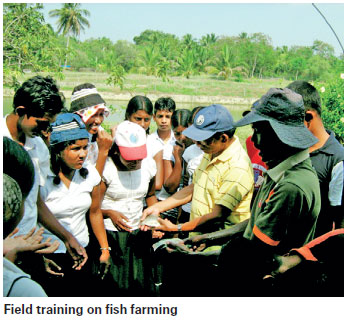
Introduction of Tilapia to Sri Lanka
Although several species of tilapia were introduced to Sri Lanka from time to time the most economically important species are Tilapia mossambica (Oreochromis mossambicus) which was introduced to Sri Lanka in 1951 from East Africa and Tilapia nilotica (Oreochromis niloticus) or Nile tilapia, introduced in 1975. Red tilapia, a strain of Nile tilapia was introduced by the author in 1996 from Thailand.
Birth of the “Miracle fish” - GIFT
The International Centre for Living Aquatic Resources Management (ICLARM) along with several other international organizations produced Genetically Improved Farmed Tilapia (GIFT) through artificial hybridization of several wild species and farmed species and through selective breeding. They grew on average 60% faster than the present farm breeds.
 Introduction of GIFT fish to Sri Lanka
Introduction of GIFT fish to Sri Lanka
GIFT fish fry were introduced to Sri Lanka on 29th of November 2000 from the Philippines through ICLARM and the World Fish Centre in Malaysia under strict sanitary conditions. They were reared at the Aquaculture Development Centre at Uda Walawe under strict quarantine conditions. Of the 1,459 fry received, some died during rearing but 11,500 fingerlings could be produced through careful breeding and rearing procedures. After successful breeding programmes thousands of GIFT fingerlings could be produced at the Fish Breeding Centres. In view of its faster growth rate and disease resistant property and preference as a food fish this species is becoming popular among the farmers in Sri Lanka.
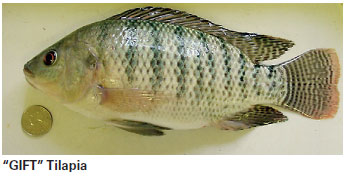
Commonly asked questions about GIFT Tilapia and answers
Is GIFT tilapia a genetically modified organism?
The GIFT Tilapia is a genetically improved strain of Nile tilapia, but is not what we refer to as a genetically modified organism (GMO). Genetically modified organisms are those produced from plants or livestock in which identified genes from one organism have been engineered into another using bio- technological methods to obtain an animal or a plant with specific desired traits. The GIFT tilapia has not had any genes transferred from other species, but have been genetically improved by a systematic selection of those individuals of the same species that have the best genetic material. GIFT tilapia is produced through artificial hybridization of several wild species and farmed species and through selective breeding, a method commonly used in livestock breeding and not through genetic engineering.
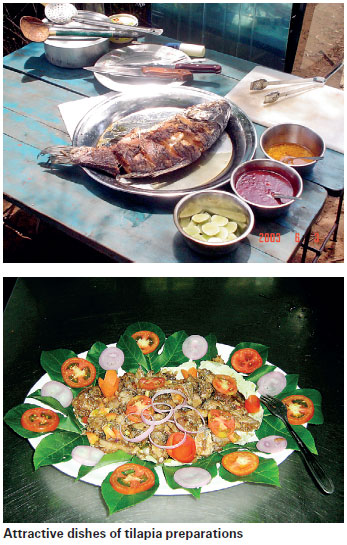
Are there any risks involved in farming of genetically improved Nile tilapia (GIFT) in terms of threatening the existing indigenous species?
The major concern with introduced species is that they might escape from farming systems and impact on natural aquatic biodiversity through predation, competition and introduction of new disease or through habitat degradation and modification. Nile tilapia was introduced to Sri Lanka 1975 and is now spread in many water bodies. The introduced GIFT tilapia was disease free and was reared under quarantine. Farming of GIFT Tilapia should not involve any new risks compared to existing strains of tilapia.
Is GIFT (tilapia) a carnivore?
GIFT Tilapia is a variety of Nile tilapia and is not a carnivore. It does not feed on other animals.
Will it have an adverse impact on existing fishery in reservoirs?
It is a Nile tilapia and hybridization will not cause any adverse impact.
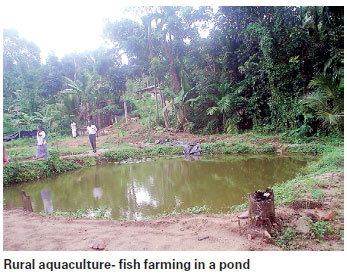
Does GIFT (tilapia) has Human genes?
GIFT Tilapia is a genetically improved farmed fish produced through selective breeding and do not contain any human genes as believed by some environmentalists.
How will the introduced GIFT (tilapia) benefit farmers and traders
The time to produce a 250g tilapia could be reduced by 2 months when farming the introduced GIFT fish and compared to the exiting red tilapia. A shorter production time will improve feed utilization since the fish need less energy for daily maintenance. Farming of GIFT tilapia will increase farmer’s annual production and reduce production cost. Its growth rate is 60%-80% faster than normal tilapia. At present it contributes much to the inland fish production in Sri Lanka.
A. M. Jayasekara
Former Director General,
National Aquaculture Development Authority of Sri Lanka(NAQDA)







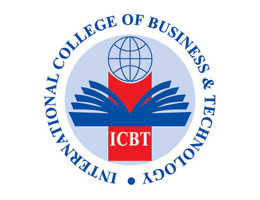

































.jpg)
.jpg)
.jpg)

.jpg)
.jpg)
